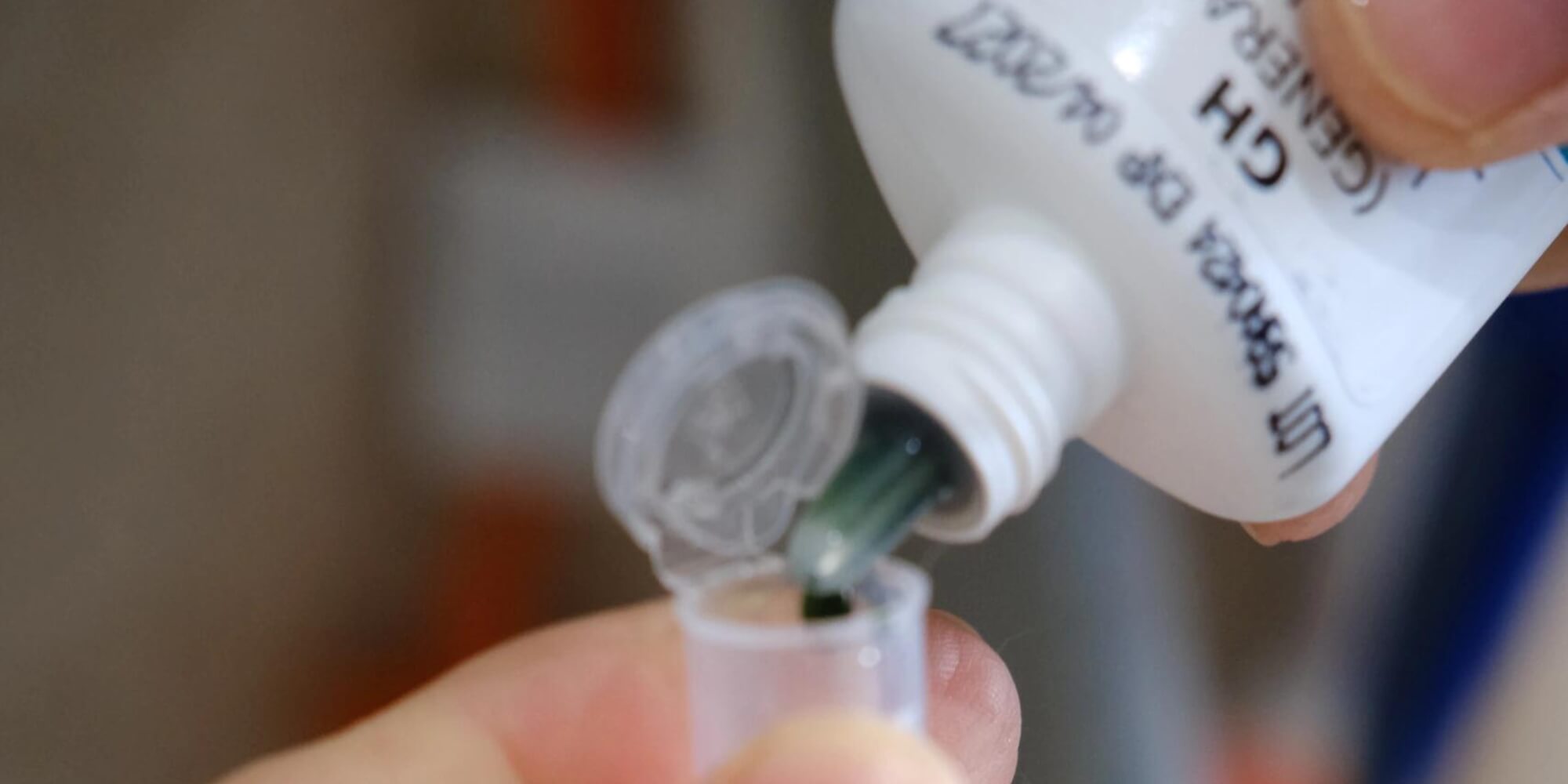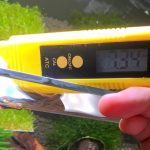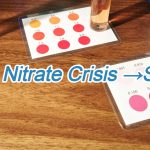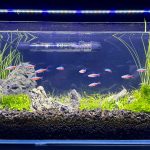If you’re staring at a GH test kit reading that’s way too high, relax – I’ve been there. After trial, error, and a few facepalming mistakes, I’ve nailed down how to lower GH in your aquarium without turning your tank into a chemistry experiment.
Let’s dive in.
Why You Shouldn’t Ignore GH
For years, I only cared about pH and ammonia. Big mistake. High GH wreaked havoc in my 20-gallon community tank:
- My neon tetras started rubbing against rocks (a classic stress sign)
- Mystery snail shells developed ugly white pits
- My anubias plants stopped growing new leaves
Turns out, GH isn’t just some “advanced” parameter. Those dissolved minerals (calcium, magnesium) affect everything from fish breathing to shell development.
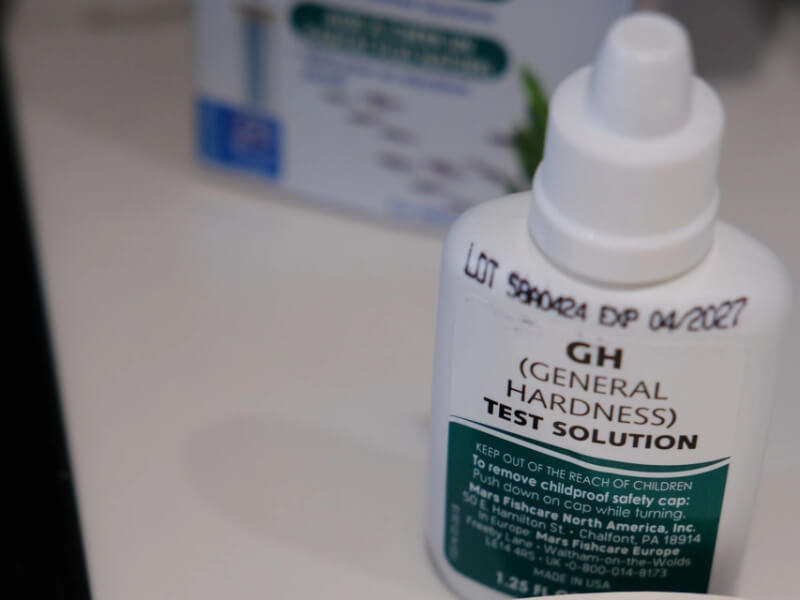
3 Methods That Actually Work (Tested on My Tanks)
1. The Tap Water
My tap water’s GH is 250 ppm – basically liquid rock. Mixing it with RO (reverse osmosis) water saved my betta tank. Here’s my exact routine:
- Monday: 30% water change with 50% tap + 50% RO
- Thursday: Test GH – if still above 150 ppm, add 2 gallons of pure RO
- Secret weapon: I keep a 5-gallon RO jug from Walmart ($15) under my sink
Pro tip: When I got lazy and used straight RO for a month, my snails’ shells started peeling. Always mix – pure RO strips too many minerals!
2. Peat Moss Magic (Shrimp Keeper’s Best Friend)
After losing those shrimp, I tried peat moss in my 10-gallon shrimp tank. The results? Stunning:
- GH dropped from 250 → 120 ppm in 10 days
- Bonus: My blue dream shrimp colors popped under the tannin-stained water
- My setup: Fluval Hang-On filter with a mesh bag of peat moss (changed every 3 weeks)
Watch out: Some peat brands lower pH drastically. I use Zoo Med Sphagnum Moss – gentle and consistent.
3. Driftwood: Nature’s Water Softener
The gnarly Malaysian driftwood in my corydoras tank wasn’t just décor. Over 6 months, it lowered GH from 180 → 130 ppm naturally. Added bonus: My corys love grazing on its biofilm!
Mistakes Don’t Have To
The Chemical Disaster
In my rush to fix GH, I dumped a pH-down product. Bad idea:
- GH dropped 100 ppm overnight
- My angelfish started swimming sideways
- Lesson learned: Quick fixes = dead fish
The “Spring Water” Scam
Thinking all bottled water was soft, I used Deer Park spring water for water changes. GH? 200 ppm. Oops. Always test bottled water first!
Your GH Emergency Kit
These live in my aquarium cabinet 24/7:
- API GH & KH Test Kit ($12 on Amazon) – More accurate than strips
- RO Buddie DI System ($60) – For small tanks under 30 gallons
- Indian Almond Leaves – Gentle GH reduction + antibacterial benefits
- TDS Meter – Helps spot mineral spikes before GH tests
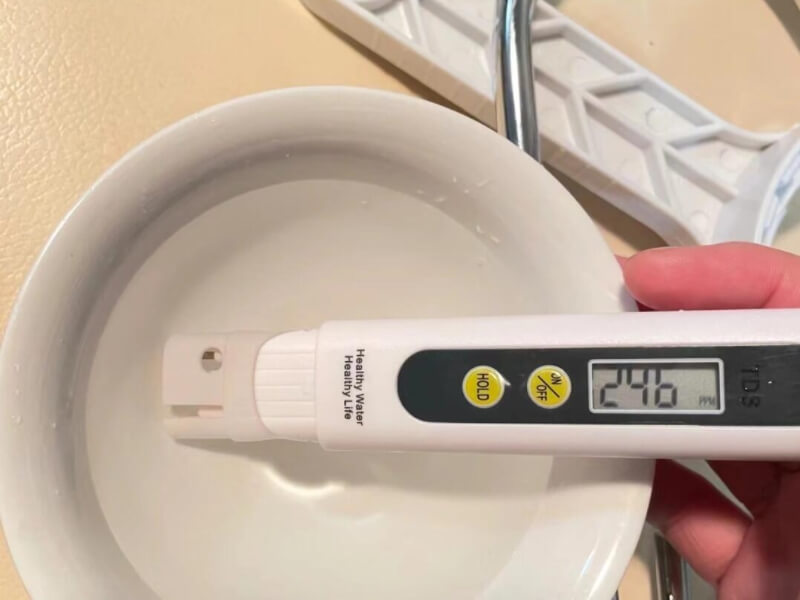
Real Talk: When GH Control Isn’t Enough
Last year, my GH kept rebounding despite RO water. Turns out, my substrate was leaching minerals. Replacing gravel with CaribSea Eco-Complete (inert clay) solved it. Moral: Check EVERYTHING:
- Decorations (that “cute” seashell?)
- Rocks (limestone is GH enemy #1)
- Even fish food – some contain calcium additives
FAQs (From My Fish Club Group Chat)
Q: My GH is 400 ppm! Should I drain the whole tank?
A: Slow down, cowboy! When my friend Mike’s GH hit 400, we did:
- 50% water change with 75% RO/25% tap
- Added peat moss
- Removed limestone rocks
Brought it down to 180 ppm safely in 3 weeks.
Q: Will lowering GH kill my plants?
A: My java ferns thrived after GH reduction, but my hornwort melted. Soft water plants (anubias, mosses) do best.
Q: Can I use rainwater?
A: Tried it during a storm – GH was 20 ppm (too low!). Now I mix 25% rainwater with treated tap for my killifish tank.
The Golden Rule (From 7 Years of GH Wars):
Fish don’t care about perfect numbers – they crave stability. Whether you’re at 100 ppm or 150 ppm, keep it consistent. My weekly routine takes 15 minutes tops:
- Test GH every Sunday with coffee
- Adjust RO/tap ratio if needed
- Squeeze the peat moss bag (releases more tannins)
Lowering GH isn’t about chasing numbers; it’s giving your aquatic buddies the balanced home they deserve. Now go forth and conquer that hardness – your fish will thank you.
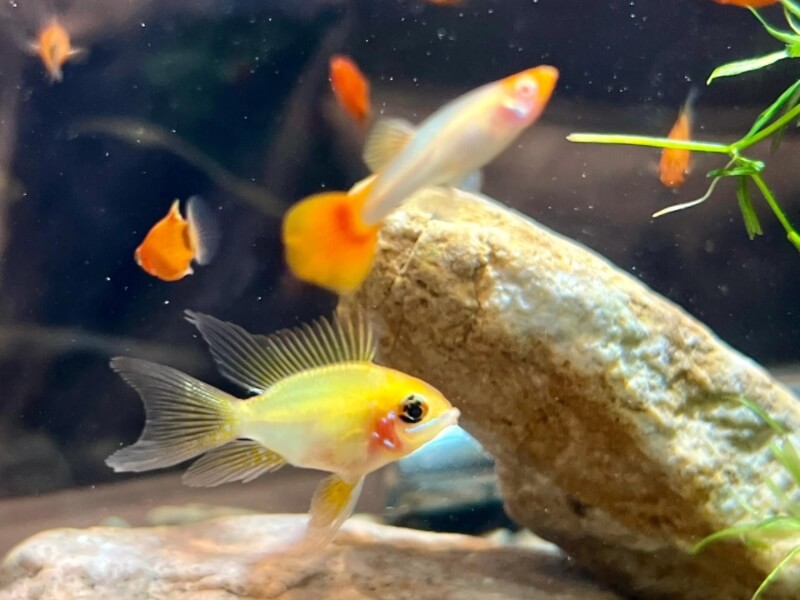
Keep Your Water in Check: More Essential Guides
Mastering GH is just one piece of the aquarium puzzle! If you’re winning the hardness battle but still wrestling with other water parameters, these guides will help you stay ahead:
- How to Lower Ammonia in Your Fish Tank: Simple Fixes Every Owner Needs
Spot the early signs (clamped fins! gasping fish!) and stop this silent killer before it strikes. - Nitrate Reduction in Fish Tanks: How to Lower Levels Without Water Changes
Tired of endless bucket hauling? Discover lazy-genius tricks my plecos taught me.
Home Aquarist | Community Educator
Fishkeeping isn’t a luxury, but nature’s therapy accessible to everyone.

